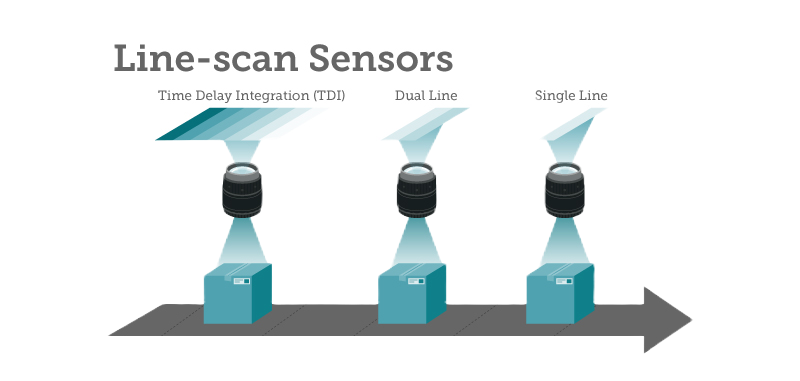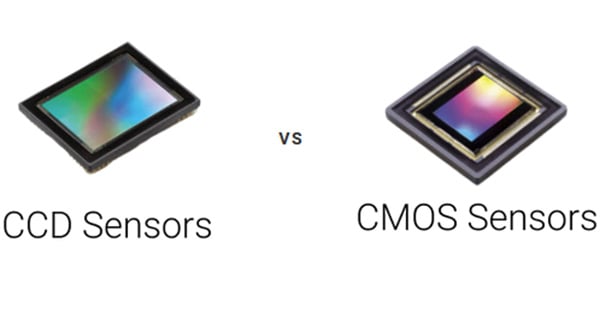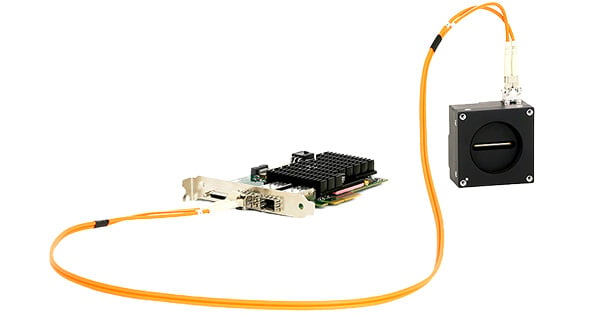TDI Primer - High Sensitivity Line Scanning
Teledyne DALSA's high sensitivity line scan products use TDI (time delay and integration) technology. TDI is a method of line scanning which provides dramatically increased responsivity compared to other video scanning methods. It permits much greater scanning speeds in low light, or allows reduced lighting levels (and costs) at conventional speeds. From wafer, PCB, and LCD panel inspection to high-end document scanning, Teledyne DALSA's advanced, high sensitivity line scan delivers an unmatched mix of sensitivity and speed.

How Does TDI Work?
TDI is based on the concept of accumulating multiple exposures of the same (moving) object, effectively increasing the integration time available to collect incident light. The object motion must be synchronized with the exposures to ensure a crisp image.
Benefits
- More speed. With more effective integration time, you can increase the speed of the target object or inspection web.
- Less light, less expense. Instead of high-powered, high-cost, high-temperature halogen lighting with DC power, you can use high-frequency AC or even LED lighting, profoundly lowering your system maintenance costs. TDI operation effectively averages out fluctuations in light intensity to represent a DC light source. This factor alone can justify the increased cost of a TDI sensor versus the cost of using DC regulated light source and a line scan image sensor.
Tradeoffs
- TDI requires more care in synchronization and alignment. But in general practice these requirements are not difficult to achieve. A TDI sensor can withstand some misalignment (either translational or rotational) without negative effect on image quality. A total misalignment of one pixel or less across the length of a TDI sensor will not affect image quality.
- In most applications, a TDI device can comfortably tolerate a 2-4% velocity mismatch between inspection web and imager. This is not difficult to achieve using a web-mounted encoder to supply a sync signal to the camera, even with webs that change speed. This approach is used in thousands of successful applications.
- Designed for light-starved applications, TDI traditionally lacked antiblooming to contain "glints." But Teledyne DALSA offers antiblooming in both CCD and CMOS TDI devices. We are the acknowledged world leader in this area.
More Information
For more information, contact sales


